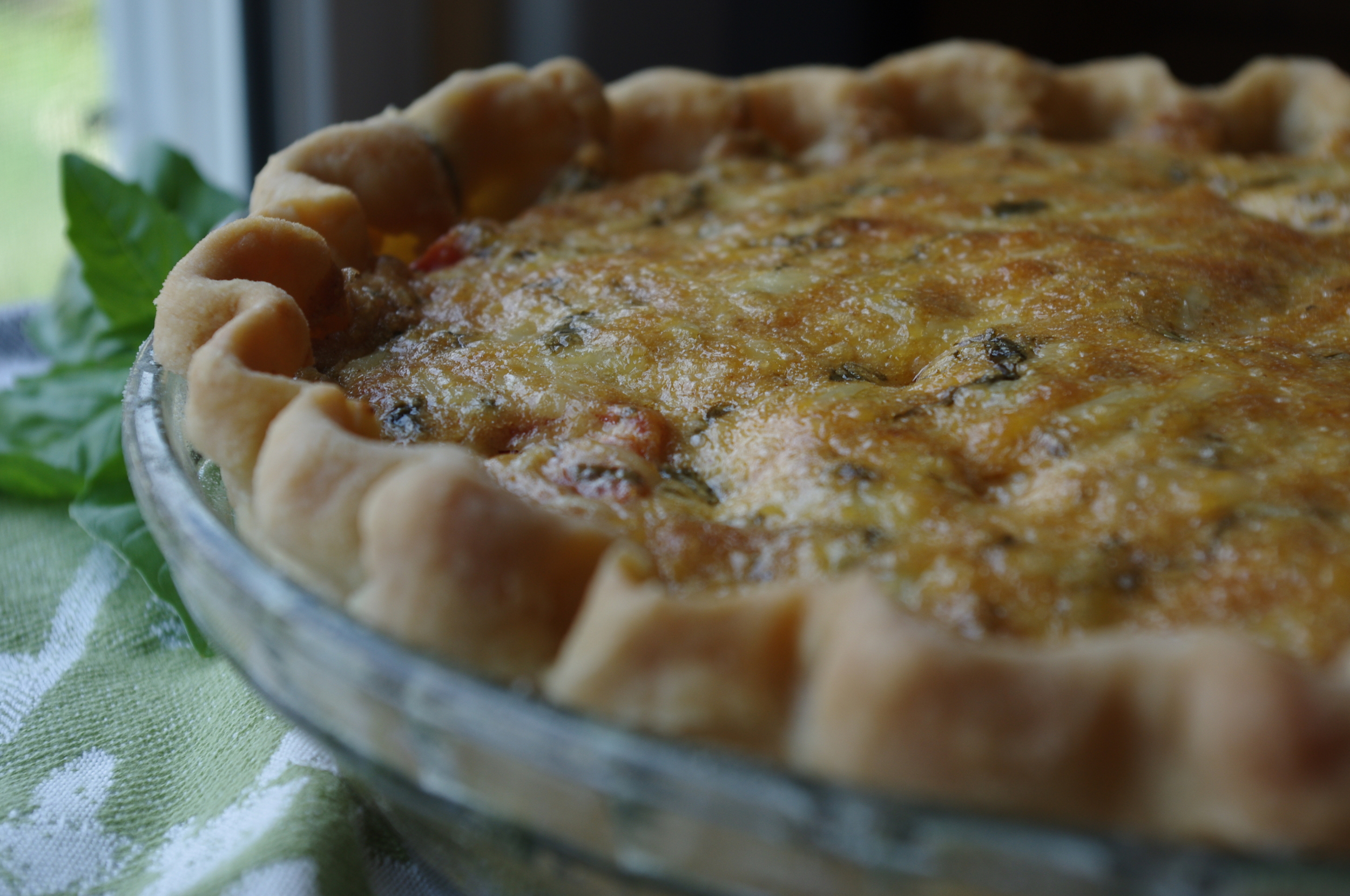Cucumbers and basil are here, and before you know it we will have juicy heirloom tomatoes to stack into our picnics and sandwiches. So before we get too far into the season I thought I would make sure you have a good sandwich bread recipe. And this is the easiest bread recipe I have ever seen. It seems to be foolproof, since everyone in my family (including my 4-year-old) has managed to bake a decent loaf with this one. So if you were thinking, "Hey, I'd like to try baking a fresh loaf of bread sometime," then now is the time. The original recipe came from a friend in Poltava, Ukraine. She said it's a traditional village loaf, and the first bread she baked as a child. I'm giving you an edited version that uses oil instead of butter, and I don't use an egg wash over the crust before it bakes. If you want a shiny crust, you can brush a whisked egg over the top before you bake.
Ingredients:
5 cups or 700gr wheat flour*
2 tsp salt
1/4 cup canola or olive oil, plus extra for oiling pans
2 tsp dried yeast**
1 Tbs local raw honey
450 ml warm water (about 115 degrees)
Method:
Pour the yeast, honey, and 1/2 cup of the water into a bowl or glass jug. Mix together gently and let rest until the yeast becomes frothy and puffs up.
Weigh or measure flour and salt into a large bowl and mix with a fork. Add the oil and stir with a fork until it is fairly evenly distributed.
Add the yeast & honey mixture, plus the rest of the water to the flour and gently mix together with a wooden spoon until the flour is all wet and begins to form a ball.
You can knead this bread pretty much any way that you like, as long as you don't knead it too much. Over-kneading will make the bread tough. Not enough, and it might be too crumbly for a sandwich. My favorite way is to knead it in the bowl, adding flour if it gets too sticky. I grab the edges and fold and press them into the center. About 60 times is usually enough to have a smooth, evenly textured dough.
In another large bowl, drizzle some oil (enough to generously coat the bowl). Turn the dough into the bowl, then flip over so both sides of the dough are coated in oil. Cover with a cotton (not terrycloth) towel, and place in the oven with the light on and the door shut. Do not turn on heat. Leave until the dough doubles in size (1-2 hours).
Meanwhile, generously oil two glass loaf pans.
When the dough has doubled, turn it out onto a floured board. divide the dough into two parts. Knead each ball about 20-30 times, then stretch or roll it into a loaf shape. Place the dough in the oiled pans then return them to the oven with the light on. Leave to rise for about 30 minutes, or until they have filled the pans and begin to rise above the edges a bit. Turn the oven on to 400 degrees F. and set the timer for 30 minutes.
It may take 5 minutes more or less, depending on your oven, the weather, or how brown you like your loaf. It will be done when it sounds hollow when you tap on the top of the loaf.
Remove the loaves from the pans immediately and place on a cooling rack to rest for at least 20 minutes.
*Rise times will vary depending on the type of flour that you use. White flour rises faster, soft bronze whole wheat will take a little longer, and hard red whole wheat will be the heaviest and will not rise as well as the softer grains. You may want to get a variety of flours and try blending to your taste.
**I use Saf-Instant yeast (purchased on Amazon.com). It's great and keeps well in the freezer, wrapped in a ziplock bag. I am not a professional baker, but I have read that the quality of your yeast can make a big difference.




